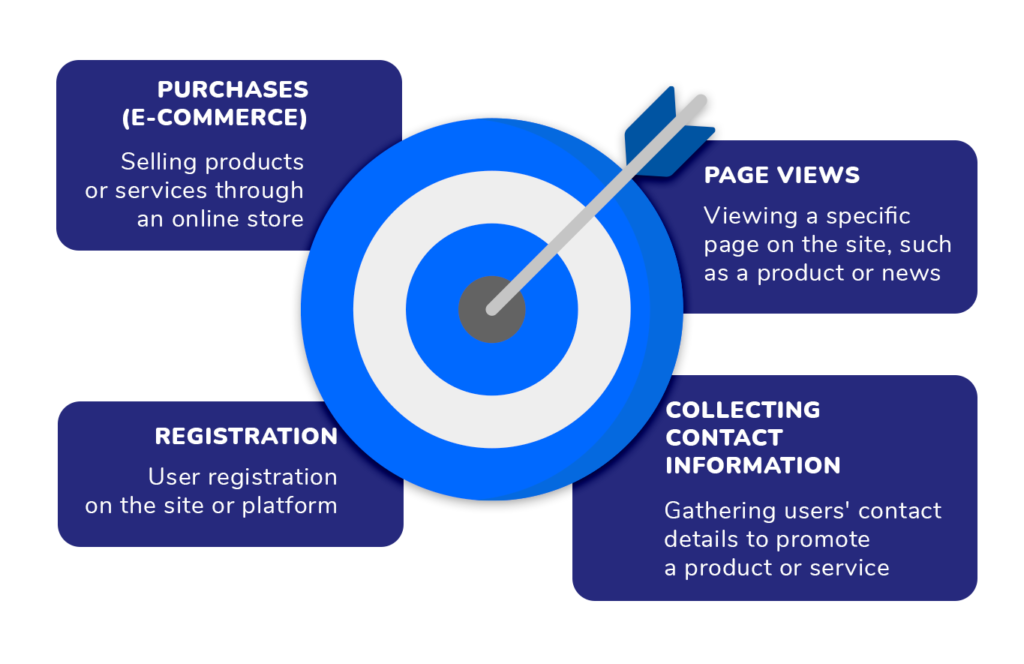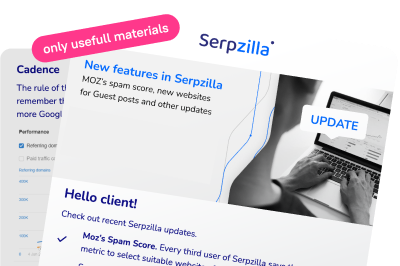Once initial promotion efforts are completed, it’s time to monitor results. Conclusions are drawn about the effectiveness of various measures, and decisions are made to try a different approach, maintain the status quo, or cancel changes.
It’s recommended to track three main parameters (in the context of promoted pages).
- Page Positions in SERP for Promoted Queries: Shows where the SE displays the promoted page when a user enters the specific query it was optimized for. You need statistics for specific dates (where the page ranks now) and an analysis of the dynamics over a period.
- Traffic from Organic Search: This refers to visits – sessions, visits to the promoted page over time. Did traffic increase or decrease after changes? By how much?
- Orders: Ultimately, the whole point of SEO promotion is to get more orders. Businesses are not interested in traffic and high search positions in and of themselves without an increase in orders from the site. For example, incorrect identification of user query intent can lead to increased traffic due to an influx of irrelevant audience, or technical errors and usability flaws might prevent customers from placing orders, going undetected earlier.
Analytics helps understand whether the site meets its goals. Site goals are what you want users to do on your site, such as buying a product, filling out a contact form, subscribing to a newsletter, viewing a specific page, etc. Goals help understand how well the site works and what improvements are needed to achieve desired results.
There are several types of site goals:

Analytics counters like Google Analytics are used to track site goals. They help collect data on user behavior on the site and understand which actions lead to goal achievement.
To set up counters, you need to install the counter code on the site, then configure the parameters. Traffic and orders are easily monitored for individual periods and dynamically in standard analytics systems – Google Analytics. We recommend connecting it to the site.
Start working with site goals by making a list of conversion elements on the site that will help accomplish the target action. First, work on various elements: buttons, images, forms, and videos.
Consider which elements need to be developed and which don’t, to avoid wasting time analyzing unnecessary conversions. Also, analyze each page and find all the elements for which conversions will be tracked.



